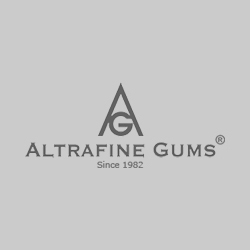Kappa Carrageenan Gum Powder
Advances in Food Biochemistry Put Cassia Gum in the Front Line
The cassia gum is purified flour from the seed endosperm of cassia tora and the cassia obtusifolia, which are plants of the leguminosae family. 75% … Continue reading
The Five Different Forms of Carrageenan and its Significance in Industrial Applications
The Polysaccharide Family Carrageenan is obtained from red seaweeds which were widely used in Europe and Far East as an important food ingredient. These are … Continue reading
Altrafine – First Producer of Food Grade Kappa Carrageenan Gum Powder in India from Edible Sea Weed
Derivation of Kappa Carrageenan from Seaweeds Kappa carrageenan is extracted through a long process. The seaweeds are processed in aqueous dilute alkali and sent through … Continue reading
Find Out What are the Catchy Significance of Kappa Carrageenan Gum Granule in Processing Meat Products and Poultry
What is Kappa Carrageenan? Carrageenan is a naturally available red colour seaweed species and the weeds are processed by several methods to extract a gelling … Continue reading

